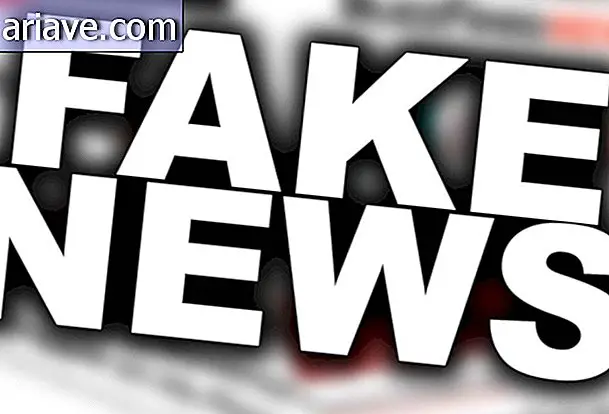The History of the Crystal Ball: From Its Origin to Popular Imaginary
The universe of mysticism and futurology has several strands: tarot, astrology, coffee grounds and so on. Supposedly predicting the future is an art known to few that many consider a gift. And one of the ways to practice this clairvoyance is through the crystal ball. In fact, although spherical shape is the most common, this prediction can be made in mirrors, stones, liquids and a multitude of reflective materials.
This practice began thousands of years ago, especially with the Druids. They were a highly intelligent and highly prestigious people, having lived in England and France during the Iron Age - a period between 1200 BC and 1000 AD. They were highly educated, practiced medicine, and studied poetry, law, and religion. religion.
With the arrival of Christianity, the Druids began to be persecuted; after all, what they professed was considered very "mystical". Nevertheless, some Christians saw clairvoyance as a way of communicating with the hereafter. At this time, various historical personalities described Druid practices in books.

First reports
Roman naturalist Caio Pliny Second, known as “Pliny the Elder, ” devoted an entire chapter to the Druids in his book “Natural History, ” AD 77. In the following chapter, he describes various forms of magic, not necessarily relating them to Druids, but for the good one, half a word is enough. Pliny uses terms like "magic with water" and "with spheres", indicating a possible relationship of this people with the crystal balls.
Already St. Augustine, in the book “The City of God”, released in 426 AD, denounces the mystical practices, saying that they would be works of demons who pass for angels. This was a clear reference to the supposed viduations practiced by the Druids of this time, who faced the curtailment of their practices by Christians.
In the 14th century, with the onset of the Renaissance, several Arabic texts began to be translated into European languages. Among them was the Picatrix, a treatise on black magic that saw mysticism as a science. By rationalizing the clairvoyance, these texts made it grow in popularity, even more so that it would offer a counterpart to Christianity, which at the time was largely sustained in sin and guilt to attract followers.

The political use
Although the crystal ball is still stigmatized by the Catholic church, she found in John Dee a great defender. The English scientist was a counselor to Queen Elizabeth I, who ascended the British throne in 1558. Dee practiced clairvoyance with fellow Edward Kelly: they stared at an obsidian mirror in the hope of gaining supernatural wisdom from angels and aiding in Elizabeth's reign. I.
Another alleged seer to get involved in politics was Jeane Dixon as early as the 20th century: his most famous prediction was the death of US President John F. Kennedy, though many doubt it. Some of Jeane's boring predictions support the scamming thesis, as she predicted, for example, that the USSR would put the first man on the moon and that George W. Bush would beat Bill Clinton.

The popular imagination
If we think of the crystal ball, then we refer to women with turbans on their heads. This stereotype is mainly due to the Gypsies, who continued to practice various types of divinations, sometimes with the crystal ball, and have a very characteristic dress.
In addition, the famous American magician Claude Alexander Conlin, who lived between 1880 and 1954, was a fan of crystal ball riddles and wore a distinctive turban. So it is not surprising that this striking image has entered the popular imagination and remains today. Called "Alexander the Knowing Man" and "Alexander the Crystal Prophet, " the magician also marketed his own divination balls.
Films such as 1939's The Wizard of Oz and 1988's Want to Be Big helped reinforce this caricatured image of crystal-ball seers. Now, if they really reveal something about the future, only their belief can say "yes" or "no".












